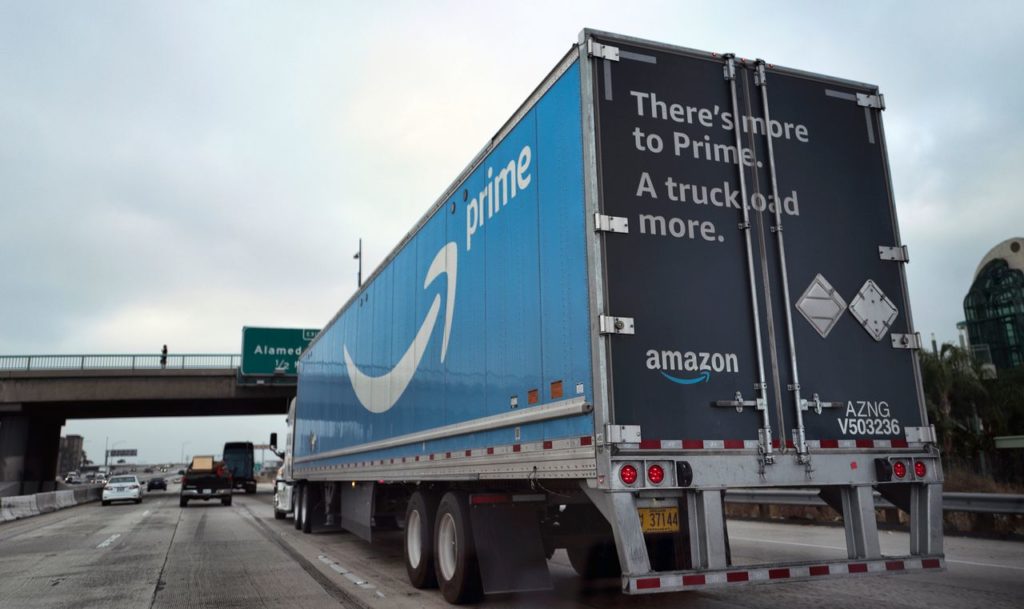Effective headlines and how they’ll improve your copy.
Posted by James, 17 September 2021 (5 minute read)

“It follows that unless your headline sells your product, you have wasted 90 percent of your money…”
– David Ogilvy
In this week’s JW’s Thoughts of a Copywriter, it’s all about effective headlines. And as legendary copywriter David Ogilvy suggests above, get the headline right and you’re 90 percent of the way there!
Headlines are undoubtedly the most important element of any copy you write. This means that the first 6-10 words play a huge role in how the rest of your piece is read. Let’s put that into context: of a 500-word blog post, a headline will likely make up just 1.2-2% of your copy. But you can probably only guarantee that everyone will read that 1.2-2%. To cut a long story short, make your headlines count.
So today, I’m going to consider why headlines are so important and how you go about writing effective headlines for your latest article, social media content or web page.
The importance of effective headlines
Headlines are crucial to any piece of copy because they’re the first thing your target audience reads. These days, it’s estimated that only 20-40% of people read beyond the headline. That means a whopping 60-80% (up to 4 in every 5) just read those first 6-10 words…
It’s pretty common knowledge that our eyes are naturally drawn to the biggest words on any web page. This is why we’re always taught at school to divide our text with headlines / sub-headlines. But the psychological reasons for this are actually really interesting. In 2006, the Nielsen Norman Group found that we generally read in an ‘F-shaped’ pattern. So as you can see from the images below, your headline is vital (the areas shaded in red are places the reader’s eye is drawn to first and most frequently).
The Nielsen Norman Group study concluded with the following guidelines for web copy:
- Most users won’t read your text thoroughly in a word-by-word manner
- The first two paragraphs must state the most important information
- Start headings, subheadings, paragraphs and bullet points with information-carrying words
How to write effective headlines
With this in mind, there are plenty of ways to write effective headlines. So let’s take a look at some of the best ways you can target audiences with headlines, persuade them to read on to the main copy and – most importantly – increase conversion rates.
Keep your headlines short
Always err on the side of short when it comes to your headlines. As a general rule, you don’t want them to exceed 10 words and should always aim for less than 55 characters (including spaces). If you write longer headlines, they often won’t fully appear on search engine results pages – a real turn off for readers and potential customers. The first 2-3 words and last 2-3 words are useful too. According to Yoast SEO, most readers look at the beginning and end of your headline before anything else.
Take the headline for this blog post – Effective headlines and how they’ll improve your copy. At just 8 words, it clearly meets the range of 6-10. It’s also exactly 55 characters, meaning it fits easily onto a Google results page. The first 2 words are ‘Effective headlines’ and the last 3 are ‘improve your copy’. This straightforwardly indicates what the post is about, helping readers quickly work out whether or not they want to continue.
Don’t add unnecessary capital letters

A common error I often see in headlines is the over-use of capitalisation. If you look at this example from Amazon, only the first words in any sentence are capitalised – as well as ‘Prime’ because it’s a proper noun.
People wrongly assume that more capitalisation in headlines draws the reader in. In fact, it’s the complete opposite. It’s actually much harder to quickly read consecutive capitalised words. When we learn to read, we see words capitalised correctly – so that’s how we follow text best. Put simply, over-capitalisation puts people off!
When writing effective headlines, avoid things like ‘The Best Offers For Your Kitchen Today’ or ‘5 Ways To Save Money For Your First House’. Go instead for things like ‘How to get your kids a free McDonald’s in Birmingham’ or ‘7 steps to creating a winning headline’.
Include your SEO keywords
It’s imperative that your headline includes any SEO keywords or key phrases – place them as close to the beginning as you can and ideally at the start. Take a look at these two examples from JW’s Thoughts of a Copywriter. You can see that I’ve deliberately placed the key phrase as close as possible to the start of the headline.
There are obvious reasons for doing this. The first is that search engines (especially Google) like it. And the second is it immediately tells readers what the post is about. So make sure SEO is always at the heart of writing your headline!

When it comes to writing effective headlines, these 5 tips will definitely help:
- Keep it short (no more than 10 words)
- First 2-3 words and last 2-3 words of any headline are vital
- Don’t use unnecessary capital letters
- SEO, SEO, SEO
- Write the main copy first – add the headline afterwards. That way, you’ll guarantee the headline matches up with the copy!
So that’s my guide to writing effective headlines. If you’ve got any questions, ask in the comments below, head over to my Twitter page (@JWCopywriting) or send me a message on Facebook.
And if you need a copywriter to write effective headlines for your business, get in touch and let’s start working together. Take a look at my portfolio and then contact me here – I aim to respond within 24 hours.
In two weeks, it’s a return to great films to watch on Netflix and Amazon Prime.
Until then,
JW
